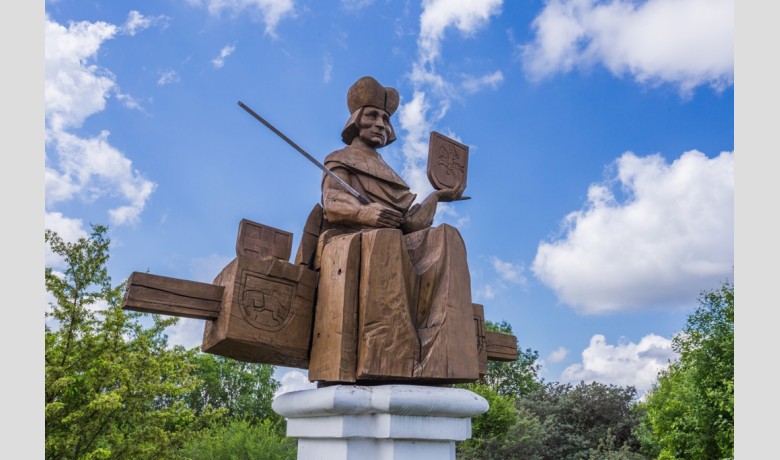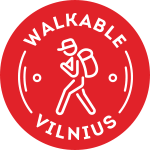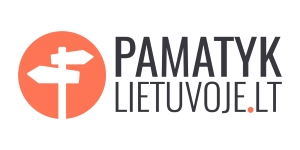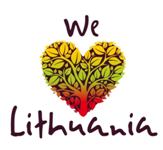History lovers are very familiar with the road leading toward Senieji Trakai. Commemorating the 570th anniversary of the death of the duke, Trakai Historical National Park Management decided to revive the symbolic Vytautas the Great road. The community of Senieji Trakai participated in this project. In the year 2000, the road was officially opened to the public – the Trakai–Senieji Trakai route included nine stops and nine wayside shrines that symbolize important events and achievements in the life of Vytautas the Great.
Travelers first encounter a roadside pole dedicated to Saint Jurgis built at the earliest, in 1998. This sculpture stands on a small hill with a beautiful vista of Trakai Island Castle, Trakai Basilica, and reflects the Great Duke’s militant character, and the fierceness of his battles and victories. The place marks the beginning of the road to the historical capital of Lithuania – Senieji Trakai. Saint Casimir’s wayside shrine tells the story of Vytautas the Great as a builder of castles and churches. And the arrival of Benedictine monks to Senieji Trakai is commemorated with the wayside shrine of Saint Benedict.
A couple riding on a horse symbolizes ‘The escape to Egypt’ and serves to remind us about the arrival of Karaites in Lithuania. The woman holds a basket with cucumbers and tells us that it was the Karaites who introduced cucumber and how to grow it in Lithuania. The historical princess of Egypt, Saint Catherine of Alexandria, the patron saint of students reminds us about Vytautas’ campaign to send youth to study in western Europe and the first Lithuanian student at Krakow University was Mykolas who came from Senieji Trakai!
Near the entrance of Senieji Trakai stands a sculpture honoring the duke’s parents Kęstutis and Birutė. They hold a crown from Vytautas which never reached them. ‘A Suffering Pieta’ recalls a painful time when Kęstutis was killed in Krėva castle. This roadside pole is held in special esteem by locals– they maintain a beautiful flower bed around it and frequently pray here. There is a sculpture of the Blessed Virgin Mary with Baby Jesus in the old castle place which symbolizes the purity of motherhood and love of the homeland.
Finally, the last wooden sculpture built depicts a sitting Duke Vytautas with a sword in one hand and Lithuania’s statehood symbol Vytis – in another.










